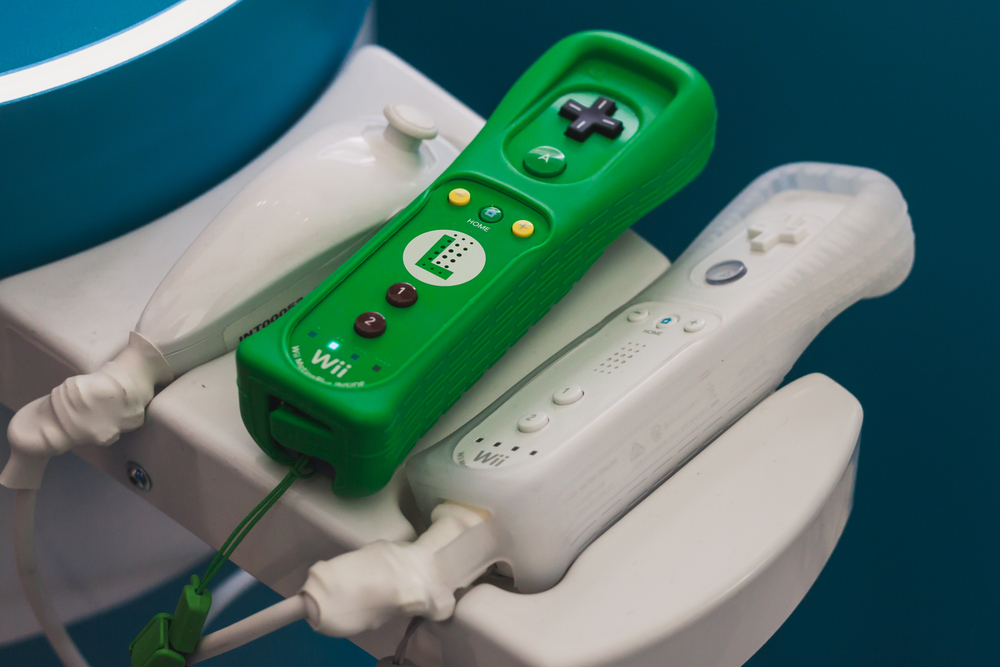Kids with Cerebral Palsy May See Improvement in Hand Function Using Nintendo Wii

A new study conducted by Turkish scientists suggests the Nintendo Wii game system could improve hand function of children with cerebral palsy when combined with neurodevelopmental treatment. This suggests that Wii could be used to offer a motivational, safe, and enjoyable rehabilitation program alongside neurodevelopmental therapy.
”Since the Nintendo Wii increases motivation and provides an opportunity for enjoyable therapy, we think that it increases adaptation of children to rehabilitation programs and that it may be added to conventional treatment programs,” wrote the authors in their article, “Efficacy of neurodevelopmental treatment combined with the Nintendo Wii in patients with cerebral palsy,” and published in the Journal of Physical Therapy Science.
The research involved 30 children ages 6 to 15 with cerebral palsy. The children were divided into two groups: One group received 45 minutes of neurodevelopmental treatment only, while the other received the same amount of neurodevelopmental treatment and played three different games of virtual tennis, baseball, and boxing for five minutes each. This program was repeated twice a week over six weeks. The research team looked at the ability of the children to use their arms and hands, and assessed their functional independence.
The results showed that after six weeks of treatment, the hand function, speed, and ability in all children had improved compared to the beginning of the study. When the two groups of children were compared, the researchers saw that children who played the Wii games combined with neurodevelopmental treatment scored significantly higher in tests measuring hand function.
Researchers concluded that Nintendo Wii games may have beneficial effects on hand function and independence levels in daily life activities in children with cerebral palsy when combined with neurodevelopmental therapy.
Cerebral palsy is the most common cause of neurological disability in children. It affects around one in 1,300 live births, and is caused by damage to the brain or nervous system. Wrists and hands are sometimes affected, making it difficult to fulfill daily tasks.
Neurodevelopmental treatment is widely used in children with cerebral palsy to enhance motor function. It has been shown to improve gross motor function, as well as hand function. However, motivation can sometimes be a problem. The use of virtual gaming devices such as Nintendo Wii has been suggested to be a motivating and fun way to treat children with cerebral palsy.


